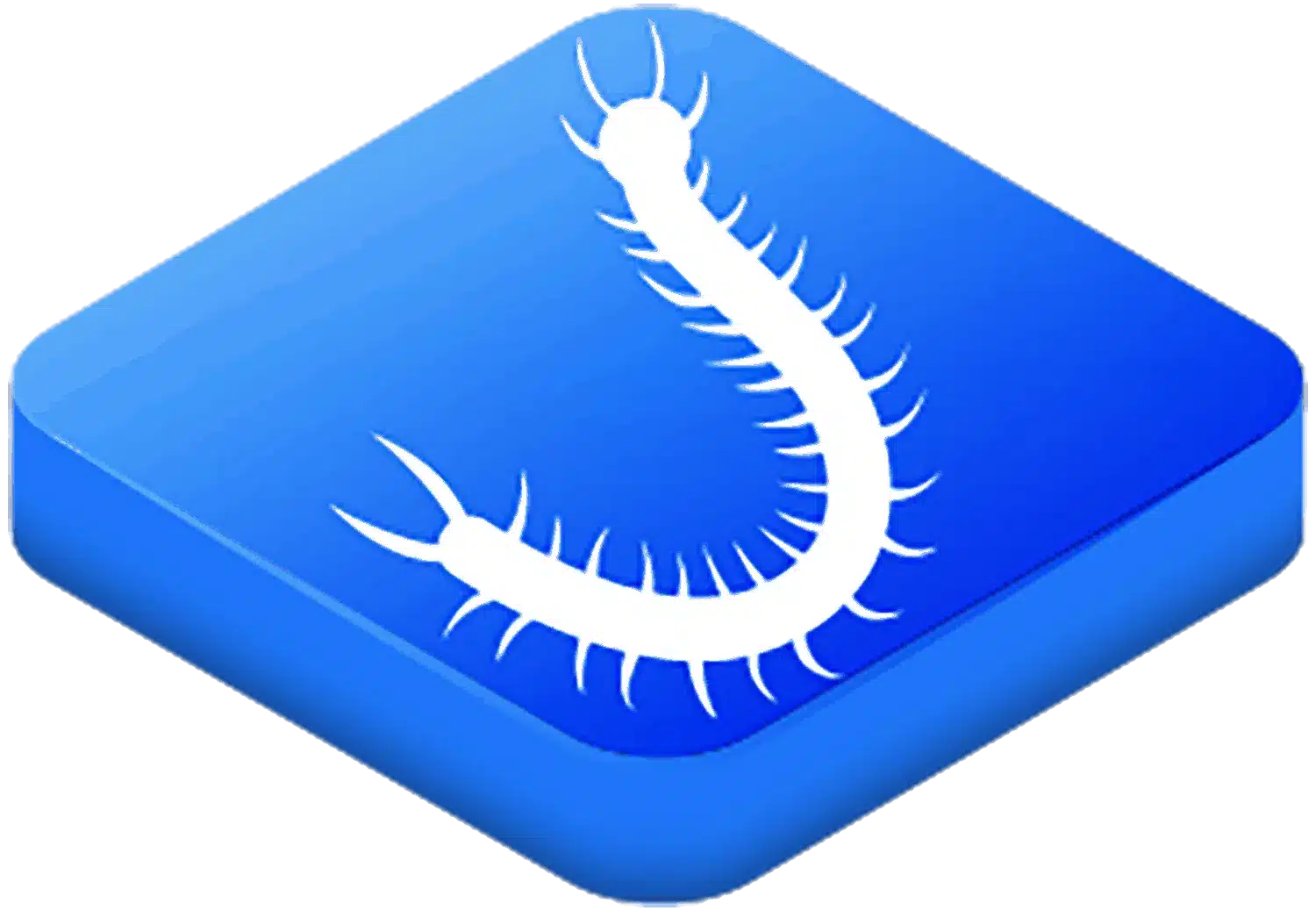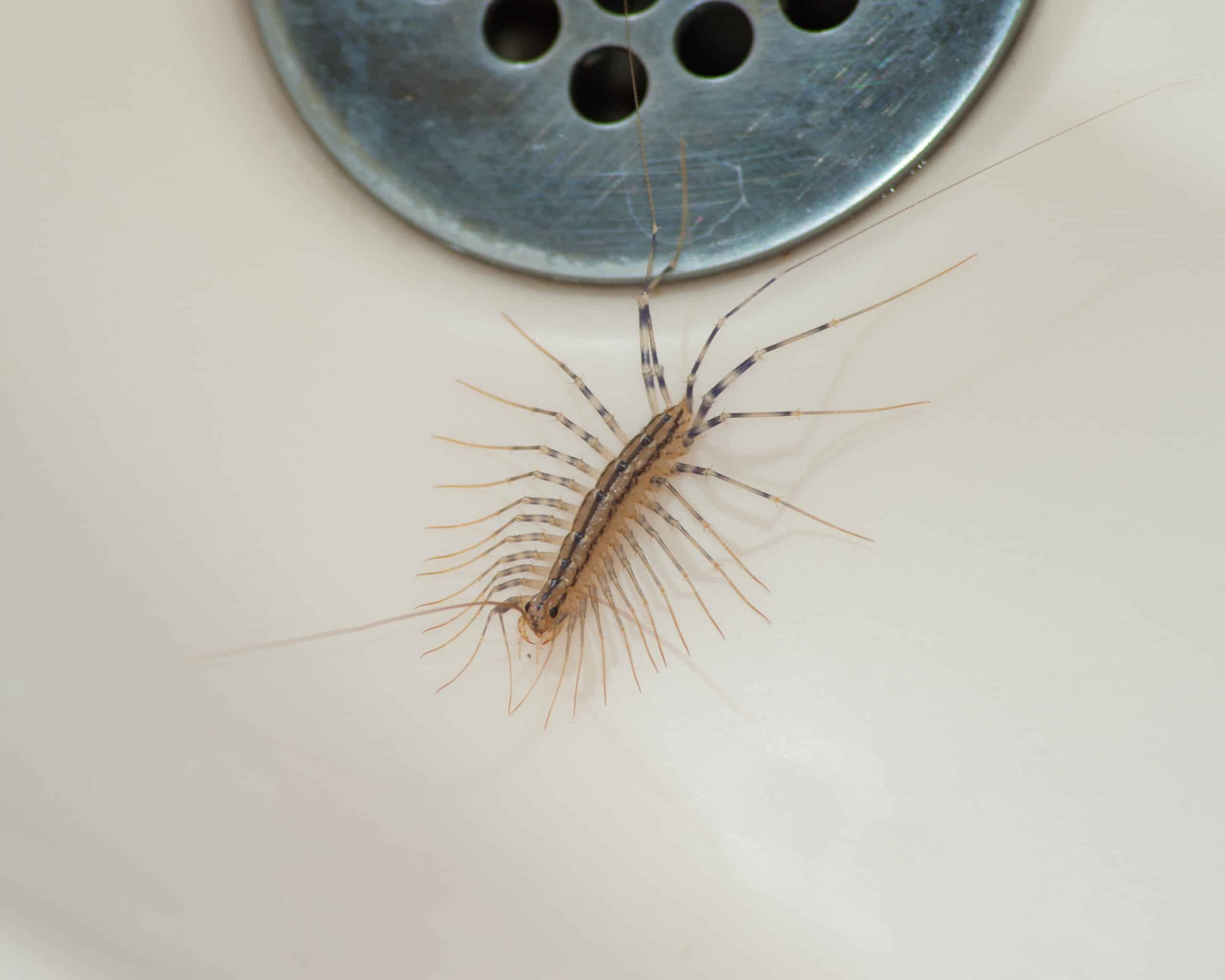
Types of Centipedes | Pest Identification Guide
Quick Facts About Centipedes
Centipedes belong to the subphylum Myriapoda and are found on every continent except Antarctica. These predatory invertebrates are characterized by their elongated bodies, numerous legs, and flexible movements. While thousands of centipede species exist worldwide, Tennessee homeowners primarily encounter the house centipede.- Size: Varies by species (house centipedes grow up to 1.5 inches long)
- Color: House centipedes are greyish-yellow with three dark longitudinal stripes
- Shape: Elongated, flattened, segmented body with one pair of legs per segment
- Active Season: Year-round indoors, more active during warm, humid seasons
- Lifespan: 3-7 years for house centipedes
- Reproduction Rate: Nocturnal predators that move at lightning speeds
What Do Different Types of Centipedes Look Like?
While numerous centipede species exist in the wild, the house centipede (Scutigera coleoptrata) is the most common type encountered in Tennessee homes. These distinctive arthropods have worm-like bodies with 15 pairs of extremely long legs. Their front antennae and rear legs are notably longer than their bodies, giving them a distinctive spider-like appearance. All centipedes share common features like segmented bodies, numerous legs, and specialized venomous appendages called forcipules.
How to Identify a Centipede
House Centipede
- Greyish-yellow coloration with three dark longitudinal stripes
- 15 pairs of very long, slender legs that extend well beyond body width
- Front antennae and rear legs longer than the body itself
- Extremely fast movement when disturbed
- Nocturnal activity, often seen only briefly when lights are turned on
Stone Centipedes
- Typically found outdoors under rocks, logs, and in soil
- Flatter bodies than house centipedes
- Usually reddish-brown in color
- Shorter legs compared to house centipedes
- Often 1-2 inches in length
Soil Centipedes
- Live primarily in garden soil and compost
- Slender bodies with shorter legs
- Generally lighter in color
- Slower movement than house centipedes
- Rarely enter homes
Giant Centipedes
- Larger species occasionally found in southern regions
- Can reach several inches in length
- More robust bodies with powerful legs
- Usually reddish-brown to dark brown
- Typically remain in outdoor environments
Health & Property Risks
Health Concerns
Centipedes pose minimal health risks to humans.
- All centipedes possess venom delivered through forcipules (modified front legs)
- House centipede stings are rare and generally cause only mild pain
- Larger centipede species can deliver more painful stings
- Reactions similar to bee stings, with potential for allergic responses in sensitive individuals
- Not considered lethally dangerous to humans
Property Damage
Centipedes themselves cause minimal property damage.
- Do not consume wood or structural materials
- Don’t build nests or damage furnishings
- Actually help control populations of other household pests
- Primarily a psychological nuisance due to their alarming appearance
Where to Look for Different Types of Centipedes

House Centipedes
- Damp areas of homes including bathrooms, basements, and laundry rooms
- Near plumbing fixtures and drains
- In cracks and crevices of walls
- Under appliances and furniture
- Active primarily at night, hiding during daylight hours
Outdoor Centipedes
- Under rocks, logs, and leaf litter
- In mulch beds and composting material
- Within rotting wood and vegetation
- In soil, particularly in moist, protected areas
- Around foundations and landscaping features
When to Call Professional Help
Professional intervention becomes necessary when:- You’re regularly encountering house centipedes in your living spaces
- Their presence suggests underlying moisture issues or other pest problems
- You’ve implemented DIY prevention methods without success
- You’re concerned about proper identification and appropriate treatment
- You want comprehensive protection against all types of centipedes and their prey
Professional pest control technicians can accurately identify the specific types of centipedes present in your home, locate their harborage areas, and implement targeted treatment strategies. They can also address the underlying conditions that attract centipedes, such as excess moisture and the presence of prey insects.
Schedule a Free Inspection
If you’ve spotted house centipedes scurrying across walls or floors in your Tennessee home, U.S. Pest Protection can help. Our professionals have years of experience treating centipede infestations and can accurately identify the types of centipedes present in your environment. We employ industry-leading pest control treatment methods that are safe for your family while effectively eliminating these fast-moving “hundred-leggers.”Contact us today to schedule your free inspection and reclaim your living space from unwanted centipedes!

